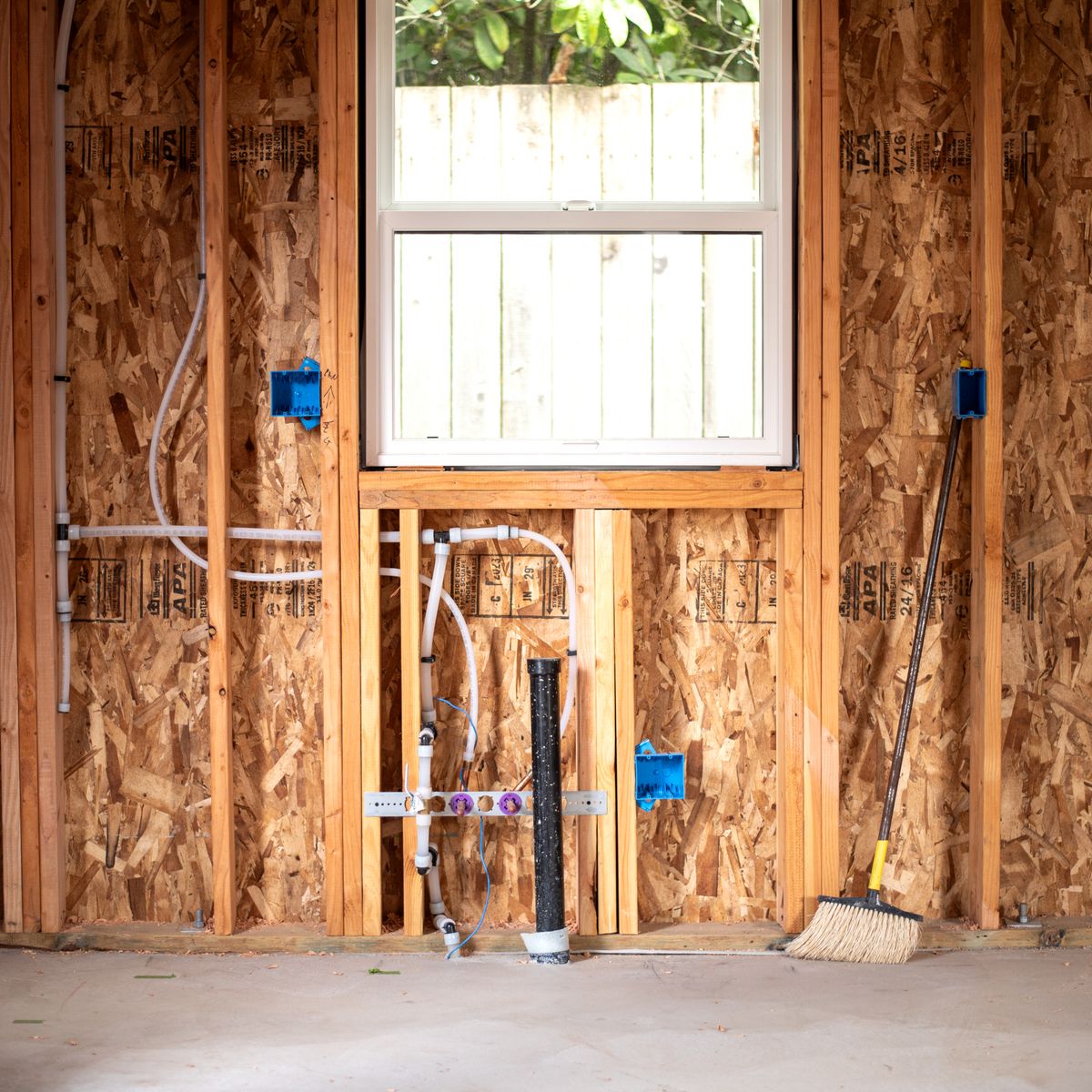Pipes form the circulatory system of your home, quietly carrying water and gas to where they are needed most. Understanding the different types of pipes in your home can be invaluable, as it allows you to make informed decisions about maintenance and repairs. Let's take a closer look at the various materials used for residential plumbing.
1. Copper Pipes
Copper pipes have long been the gold standard in plumbing. Their durability, resistance to corrosion, and ability to withstand high pressure make them a popular choice. While they can be pricier upfront, the longevity of copper pipes often justifies the investment.
2. PVC (Polyvinyl Chloride) Pipes
PVC pipes are widely used for both water supply and drainage systems. They are lightweight, easy to install, and resistant to corrosion and chemicals. Their affordability makes them a common choice for residential plumbing projects.
3. PEX (Cross-Linked Polyethylene) Pipes
PEX pipes have gained popularity in recent years due to their flexibility and versatility. They are resistant to freezing and can be installed in long runs without the need for multiple connections. This reduces the risk of leaks and ensures efficient water flow.
4. Galvanized Steel Pipes
Galvanized steel pipes were once a standard in residential plumbing. They are durable and can withstand high pressure, but they are prone to corrosion over time. Homes with older plumbing systems may have galvanized pipes that could benefit from replacement or retrofitting.
5. Cast Iron Pipes
Cast iron pipes were commonly used for drainage systems in older homes. They are incredibly durable, but they can be prone to corrosion and may eventually need to be replaced with modern materials.
6. HDPE (High-Density Polyethylene) Pipes
HDPE pipes are known for their flexibility, strength, and resistance to chemicals. They are often used for underground water and drainage systems. Their ability to withstand extreme temperatures and resist corrosion makes them a durable choice.
7. ABS (Acrylonitrile Butadiene Styrene) Pipes
ABS pipes are commonly used for drainage and venting systems. They are lightweight, easy to install, and resistant to chemicals. However, they may not be suitable for high-pressure applications.
8. CPVC (Chlorinated Polyvinyl Chloride) Pipes
CPVC pipes are a variation of PVC pipes, designed to handle hot water applications. They are commonly used for supply lines in residential plumbing systems.
Understanding the different types of pipes in your home empowers you to make informed decisions about maintenance, repairs, and potential upgrades. If you're unsure about the type of pipes in your home or need assistance with plumbing-related matters, consulting a professional plumber is always a wise move. They can provide expert advice and ensure your plumbing system remains in top condition for years to come.

